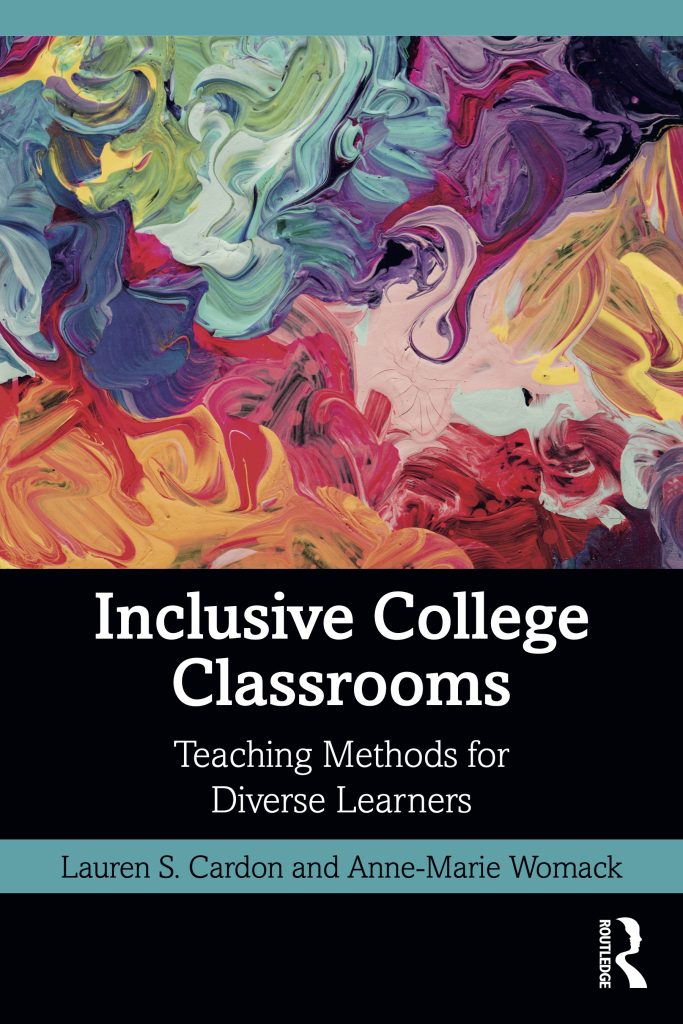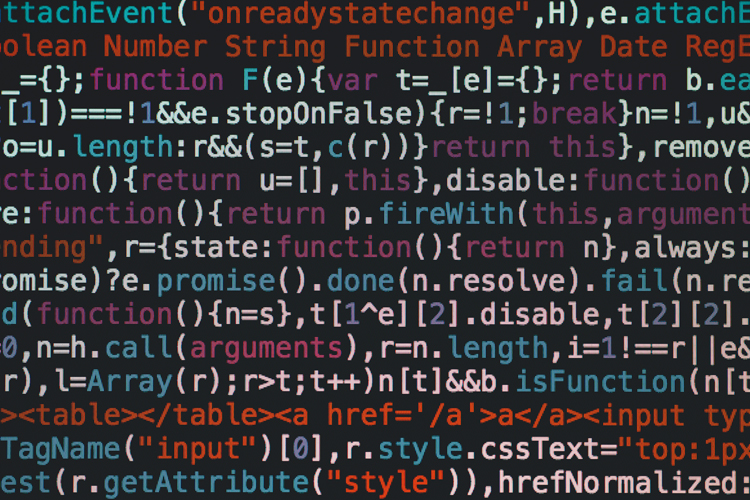UA English professor Lauren Cardon published a book co-authored with Dr. Anne-Marie Womack of Rice University. It will be published on on December 27, 2022. Here is what Dr. Cardon has to say about it: Our book emerged from a series of conversations Anne-Marie and I have had over the years about teaching––what has worked for us, what we wish we had known when we started teaching, and perhaps most importantly, how we have worked to make our teaching more […]
“Inclusive College Classrooms: Teaching Methods for Diverse Learners” offers 200 examples for your classrooms




